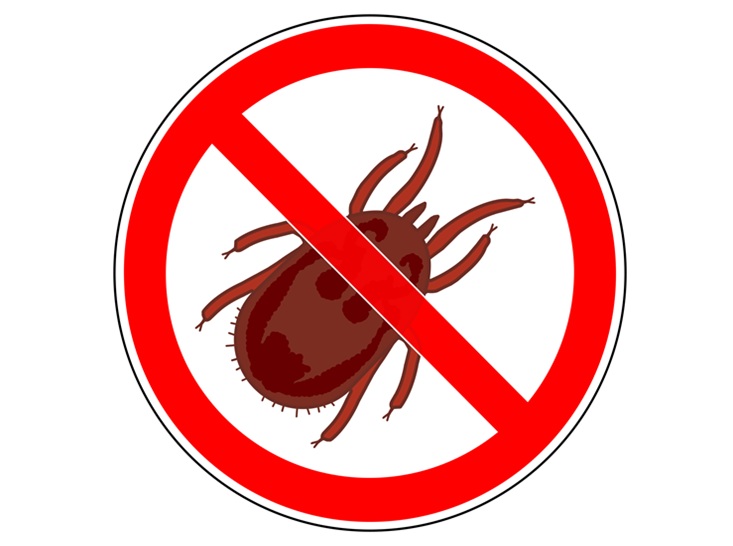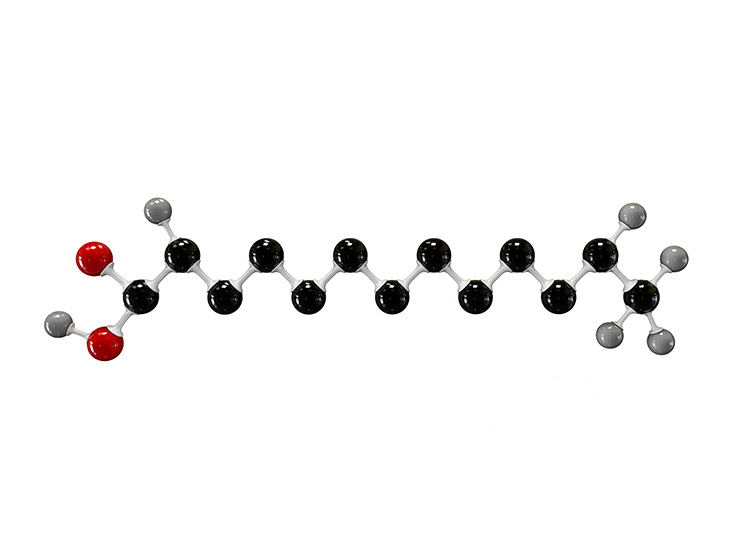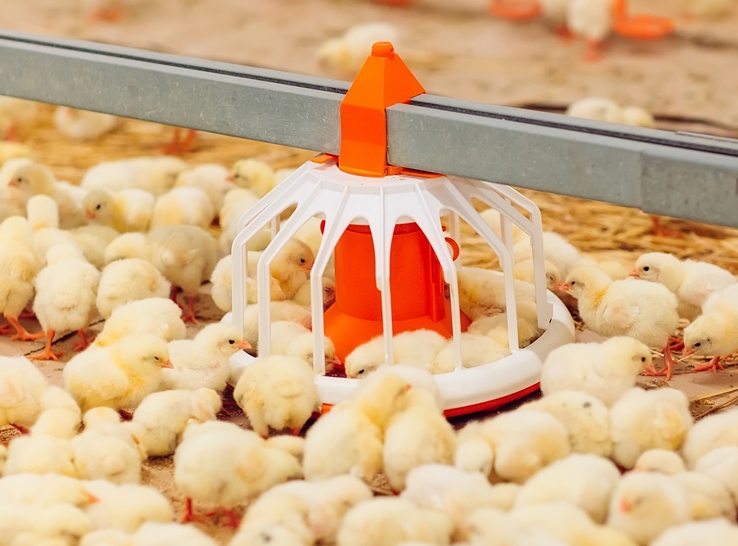Adding fat to the poultry diet provides numerous benefits that go beyond nutrition. According to nutritionist Ky Meeks, PhD, who reviewed studies on the topic, a fat-laden diet not only increases energy and production, it also improves “dust control, palatability and flowability.”
Meeks notes that dietary fats (also known as lipids) are not just essential to a poultry diet but also are more energy-efficient than carbs and protein. They are generally tastier, too.
Fatty foods also provide an “extra caloric effect,” as they carry vitamins and essential fatty acids while also moving more slowly through the digestive tract so that these benefits are enhanced.
Meanwhile, they benefit the farm itself, decreasing feed dustiness and improving the flow of feed through milling equipment.
Not all fats created equal
But “all fat sources are not created equal,” Meeks says.
Unsaturated fats are desirable because they are more digestible and contain more metabolizable energy. The optimal ratio for these benefits is 4:1 unsaturated to saturated fats, with 3:1 as the more feasible and effective ratio.
Diets high in unsaturated fats, such as corn, soy, fish and most vegetable oils, reportedly improve the production of laying hens and the growth of broilers and turkeys.
The fat source should also contain a low level of free fatty acids, as a high level decreases the amount of metabolizable energy and increases rancidity. Antioxidants can be added, however, to decrease the rancidity.
Dietary effects vary by age
“The age of poultry has a significant impact on the digestibility of fat sources and, therefore, their energy value,” Meeks says. Compared to newly hatched birds, older birds are better able to digest and, hence, use fat sources for energy.
For example, poults and chicks 2 weeks and under were able to utilize only between 50% to 70% of highly saturated fat sources but could utilize 80% to 95% of highly unsaturated sources, according to studies.
Therefore, plant oils like corn and soybean are used with younger birds. As birds age and their ability to utilize fats increases, less expensive animal fats such as beef tallow and lard are added in.
As Meeks notes, “Effectively using a synergistic blend of unsaturated and saturated fats can be utilized to save costs as birds age.”
Other dietary factors
Other aspects of a bird’s diet can affect the bird’s ability to digest valuable fats. Dysbiosis in the microflora reduces the bird’s ability to digest fats, with a 96% reduction in digestibility in birds with coccidiosis.
Also, if laying hens have too much calcium in their diets, it could impede their absorption of fats, especially when saturated fat levels are high.
Meanwhile, emulsifiers and enzymes can be added to diets with poorly digestible fat sources to improve the amount of energy the bird can obtain from the diet. “This method can be employed to reduce feed costs while maintaining dietary energy level,” Meeks says.
In sum, farmers can lower costs and improve production by adding highly digestible unsaturated fats into their young chicks’ diets then substituting less expensive saturated fats as the birds mature and can better handle those fats.





